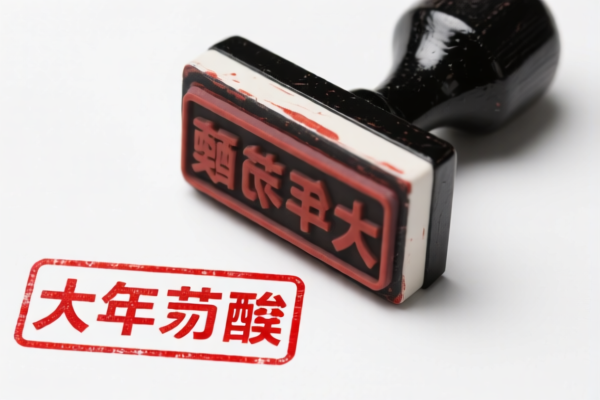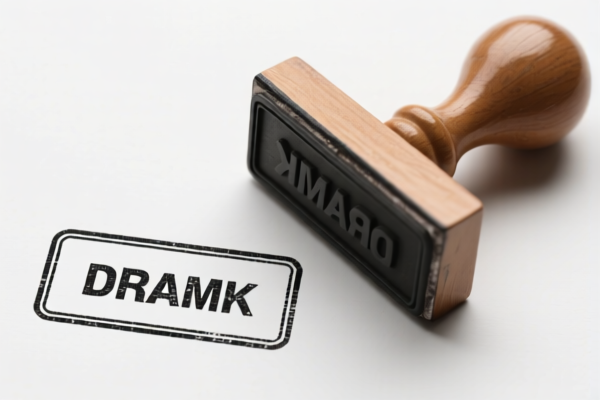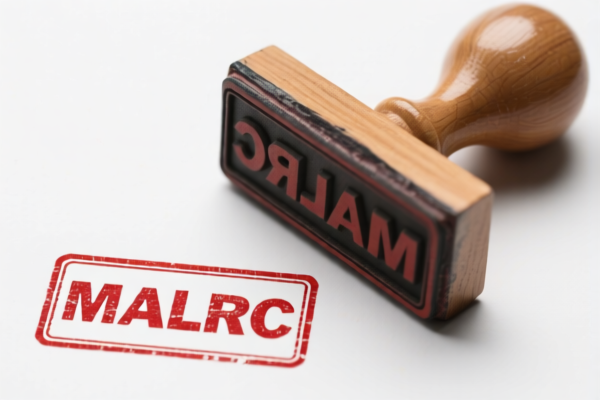| HS Code | Official Doc | Tariff Rate | Origin | Destination | Effective Date |
|---|---|---|---|---|---|
| 4907000000 | Doc | 37.5% | CN | US | 2025-05-12 |




Stamp
A stamp is a small adhesive label affixed to items – typically letters, packages, or other documents – to indicate that postage has been paid. They serve a historical and functional purpose, evolving from simple tax marks to intricate works of art and valuable collectibles.
Material
Historically, stamps were made from a variety of materials. Early stamps utilized materials like engraved plates and various inks. Modern stamps are primarily composed of:
- Paper: Typically a specialized, thin paper designed to adhere well with moisture and withstand handling.
- Adhesive: Originally gum arabic, now commonly self-adhesive acrylic polymers or water-activated gum.
- Ink: Various inks are used for printing, including gravure, lithography, and offset inks, often utilizing pigments for color.
- Phosphor: Some stamps contain phosphor, a chemical that glows under ultraviolet light, aiding automated mail sorting.
Purpose
The primary purpose of a stamp is to prepay postage for the delivery of mail. Beyond this functional role, stamps have also served as:
- Revenue: Used to indicate payment of taxes or fees on documents and goods.
- Commemoration: Issued to honor historical events, people, or themes.
- Propaganda: Used to disseminate political messages.
- Collectibles: Highly sought after by philatelists (stamp collectors) due to their historical, artistic, or rarity value.
Function
A stamp functions by:
- Proof of Payment: Demonstrating to the postal service that postage has been paid.
- Addressing Aid: Providing a surface for postmarks, indicating the origin and date of mailing.
- Mail Routing: Assisting automated sorting machines through color, barcode, or other features.
Usage Scenarios
- Postal Mail: The most common application, affixed to letters, postcards, and packages.
- Package Delivery: Used for domestic and international shipping.
- Document Authentication: Historically used to validate legal documents.
- Collecting: Arranging, studying, and preserving stamps as a hobby.
Common Types
- Definitive Stamps: Standard, regularly issued stamps with a consistent design, used for everyday postage.
- Commemorative Stamps: Issued to celebrate specific events or people, often with limited availability.
- Airmail Stamps: Designed for sending mail by air, typically featuring distinctive designs.
- Special Delivery Stamps: Indicate expedited delivery service.
- Revenue Stamps: Used to pay taxes and fees, often featuring unique designs.
- Self-Adhesive Stamps: Feature a pre-applied adhesive backing for easy application.
- Watermark Stamps: Contain a visible design embedded in the paper, used for security and identification.
- Christmas Stamps: Seasonal stamps issued during the holiday season.
The declared goods, “stamp”, fall under the category of unused postage, revenue or similar stamps of current or new issue in the country in which they have, or will have, a recognized face value; stamp-impressed paper; banknotes; check forms; stock, share or bond certificates and similar documents of title.
Here are the relevant HS codes:
- 4907000000: This HS code covers unused postage, revenue or similar stamps of current or new issue in the country in which they have, or will have, a recognized face value; stamp-impressed paper; banknotes; check forms; stock, share or bond certificates and similar documents of title.
- 49: Chapter 49 pertains to Printed Books, Newspapers, Pictures and other products of the printing industry; manuscripts, typescripts and plans.
- 07: Heading 07 specifically covers Postage, revenue, similar stamps; stamp-impressed paper; banknotes; check forms; stock, share or bond certificates and similar documents of title.
- 000000: This subheading indicates all items within heading 4907.
Tax Rate Details:
- Basic Tariff: 0.0%
- Additional Tariff: 7.5%
- Additional Tariff (after April 2, 2025): 30%
- Total Tariff: 37.5%
Customer Reviews
No reviews yet.